Home>Garden Essentials>How Long Does It Take To Grow Bamboo From Seed
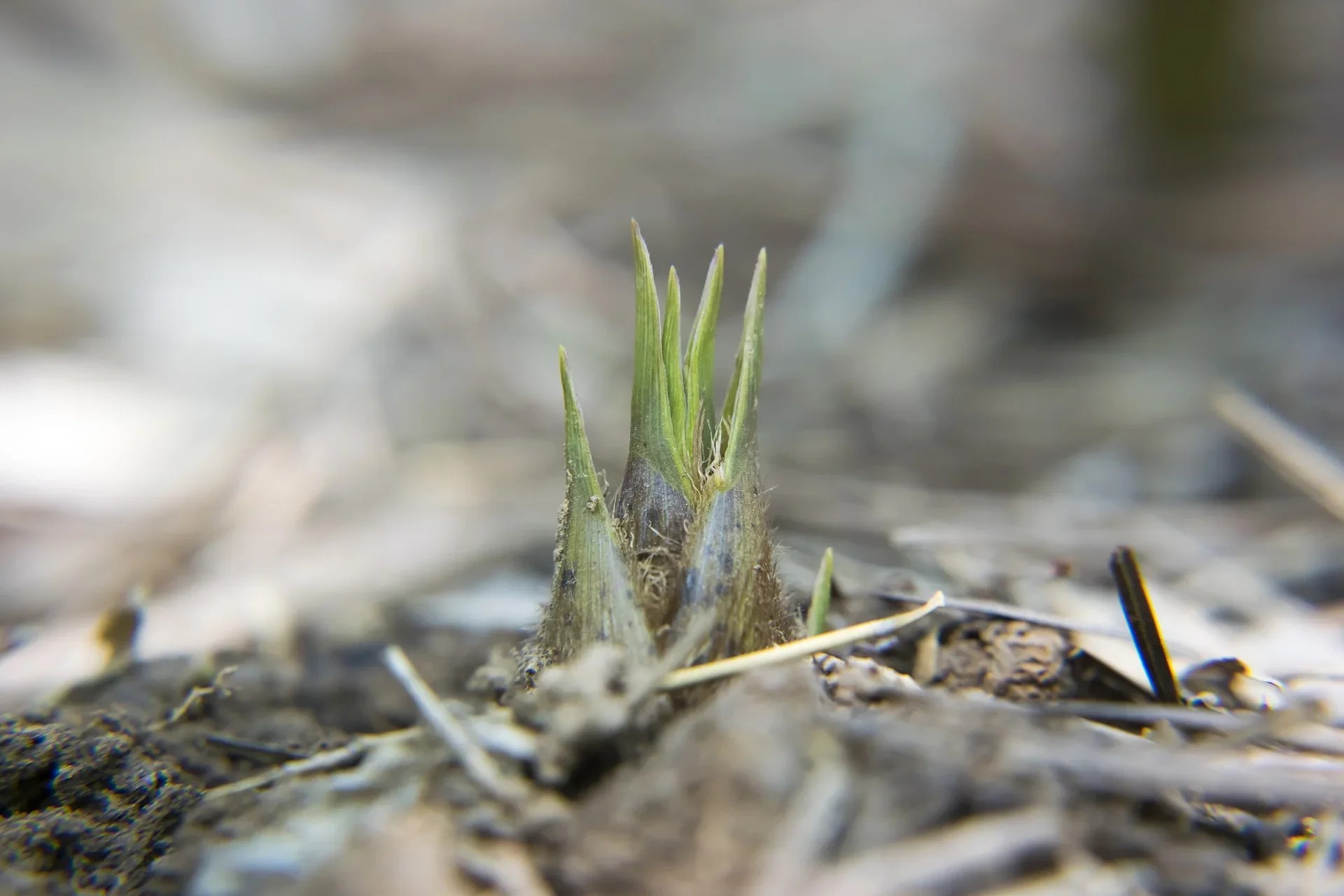

Garden Essentials
How Long Does It Take To Grow Bamboo From Seed
Modified: March 15, 2024
Discover how long it takes to grow bamboo from seed in your garden. Explore expert tips and techniques for successful bamboo cultivation.
(Many of the links in this article redirect to a specific reviewed product. Your purchase of these products through affiliate links helps to generate commission for Storables.com, at no extra cost. Learn more)
Introduction
Welcome to the fascinating world of bamboo cultivation! If you’re considering growing bamboo from seed, you’re embarking on a rewarding and fulfilling gardening journey. Bamboo is not only a versatile and aesthetically pleasing plant, but it also offers numerous practical applications that make it a popular choice among gardeners and landscapers alike.
Whether you’re planning to grow bamboo for its majestic presence or for its utility in construction or crafting, understanding the process of growing bamboo from seed is essential. In this article, we will explore the factors that affect bamboo seed germination, the germination period of bamboo seeds, and provide you with a step-by-step guide to successfully grow bamboo from seed.
Bamboo seed germination involves various factors that can influence the success of your endeavor. Factors such as temperature, moisture, and soil conditions play a crucial role in determining how long it will take for bamboo seeds to sprout. By understanding and optimizing these factors, you can ensure a higher germination rate and healthier seedlings.
Once the seeds have germinated, it’s essential to provide proper care and maintenance to ensure the growth and development of healthy bamboo seedlings. We will discuss the necessary steps to nurture your seedlings and help them thrive in their early stages of growth.
Of course, like any gardening endeavor, growing bamboo from seed comes with its own set of challenges. In this article, we will also address some common challenges that you may encounter while growing bamboo from seed and provide you with useful tips and techniques to overcome them.
Lastly, we will touch upon the exciting topic of bamboo harvesting. Understanding when to expect mature bamboo plants and how to go about harvesting them will be important milestones in your bamboo-growing journey.
So, whether you’re a seasoned gardener looking for a new project or a novice eager to dive into the world of bamboo cultivation, this comprehensive guide is here to assist you every step of the way. Let’s get started on your bamboo seed-growing adventure!
Key Takeaways:
- Growing bamboo from seed requires patience and attention to detail. Understanding factors like temperature, moisture, and light is crucial for successful germination and healthy plant development.
- Harvesting mature bamboo plants takes time, with some species requiring several years to reach full maturity. Proper care, environmental conditions, and patience are essential for a successful bamboo-growing journey.
Factors Affecting Bamboo Seed Germination
Successfully germinating bamboo seeds requires the right combination of environmental conditions and proper care. Understanding and optimizing the factors that influence bamboo seed germination will significantly increase your chances of achieving successful sprouting. Here are some key factors to consider:
- Temperature: Bamboo seeds prefer warmer temperatures for germination. The ideal temperature range for germination is typically between 70°F (21°C) and 85°F (29°C). If the temperature drops below this range, germination may be delayed or even inhibited. It’s important to provide a consistently warm environment for your bamboo seeds, especially during the germination period.
- Moisture: Proper moisture levels are crucial for seed germination. It’s important to keep the soil consistently moist during the germination phase. However, be mindful of not overwatering as excessive moisture can lead to fungal diseases and rot. It’s best to use a well-draining potting mix and ensure that excess water can easily drain away.
- Light: Bamboo seeds typically require light for germination. Direct sunlight exposure is not necessary, but providing a well-lit environment will aid in the germination process. You can place a fluorescent or LED grow light at a suitable distance above the seeds to provide the necessary light energy for germination. Be sure to follow the manufacturer’s instructions for the specific light requirements of the bamboo seed species you’re growing.
- Soil Quality: The quality of the soil in which you plant your bamboo seeds is vital for successful germination. Use a well-draining, loamy soil mixture with a balanced pH level. Avoid heavy clay soils or soils that are overly compacted, as they may hinder root development and drainage. Enrich the soil with organic matter to improve its fertility and nutrient content.
- Scarification: Some bamboo seeds have hard outer shells that can inhibit germination. Scarification is the process of mechanically breaking or thinning the outer seed coat to allow water and oxygen to penetrate the seed more easily. This can be done by gently rubbing the seeds with sandpaper or carefully nicking the seed coat with a knife. However, not all bamboo seeds require scarification, so it’s important to research the specific germination requirements of the bamboo species you’re planting.
- Stratification: Certain bamboo seeds benefit from a period of cold stratification, which mimics the natural winter conditions that trigger germination. This process involves placing the seeds in a moistened, sealed container and refrigerating them for a specific period. Consult a comprehensive guide or reputable source to determine whether your bamboo seeds require stratification and the recommended duration for this process.
By carefully considering these factors and making the necessary adjustments, you can greatly increase the success rate of bamboo seed germination. Providing the right combination of temperature, moisture, light, soil quality, scarification, and stratification will set the stage for healthy seedling development and ultimately lead to beautiful bamboo plants in your garden.
Germination Period of Bamboo Seeds
The germination period of bamboo seeds can vary depending on several factors, including the bamboo species, environmental conditions, and the specific germination requirements of the seeds. It’s important to note that bamboo is known for its slow germination compared to many other plants. While some seeds may sprout within weeks, others may take several months or even a year to germinate.
On average, bamboo seeds may take anywhere from 2 to 6 months to germinate. However, it’s essential to keep in mind that these are general guidelines, and the germination period can vary significantly depending on the factors mentioned earlier.
Some bamboo seeds may require a period of pre-soaking or scarification before they can successfully germinate. Pre-soaking involves immersing the seeds in water for a specific period to help soften the outer seed coat and promote germination. Scarification, as mentioned earlier, involves breaking or thinning the seed coat to allow moisture and oxygen to penetrate more easily. These pre-treatment methods may help shorten the germination period and improve the overall germination rate.
It’s important to closely monitor the progress of your bamboo seeds during the germination period. Regularly check the soil moisture levels, temperature, and provide the necessary light conditions. Be patient and resist the urge to disturb the seeds or prematurely discard them, as some bamboo species may exhibit delayed or erratic germination patterns.
It’s worth noting that bamboo seeds are not always readily available, as bamboo primarily reproduces through its rhizomes. Rhizomes are underground stems that produce new shoots, making them the primary method of bamboo propagation. However, if you’re fortunate enough to acquire bamboo seeds, understand that they may require extra care and patience to ensure successful germination.
Remember, each bamboo species has its own unique characteristics and germination requirements, so it’s crucial to research and understand the specific needs of the bamboo seeds you’re working with. Patience, attention to detail, and providing the optimal germination conditions will greatly increase the chances of success. Before you know it, you’ll witness the magic of bamboo seeds sprouting and embarking on their journey towards becoming magnificent bamboo plants.
Growing Bamboo from Seed: Step-by-Step Guide
Growing bamboo from seed can be a rewarding and fulfilling experience. While it may require some patience and careful attention, the process is relatively straightforward. Here is a step-by-step guide to help you successfully grow bamboo from seed:
- Obtain high-quality bamboo seeds: Start by obtaining high-quality bamboo seeds from a reputable source. Ensure that the seeds are fresh and viable, as older seeds may have reduced germination rates.
- Prepare the planting containers: Choose individual pots or seedling trays with drainage holes to prevent waterlogging. Fill the containers with a well-draining potting mix that is suitable for bamboo cultivation.
- Sow the seeds: Place the seeds on the surface of the potting mix and press them gently into the soil. If required, follow any specific scarification or pre-soaking instructions for your bamboo species.
- Maintain optimal environmental conditions: Ensure that the seeds are kept in a warm and well-lit environment. Maintain consistent soil moisture by lightly misting the potting mix or using a tray with water to provide bottom-up irrigation.
- Monitor and care for the seedlings: As the seeds germinate and the seedlings emerge, continue to monitor and maintain optimal conditions. Provide adequate light, ensuring that the seedlings receive 12 to 14 hours of light per day. Avoid direct sunlight, as it can scorch the delicate seedlings.
- Transplant the seedlings: Once the seedlings have developed a few sets of leaves and are sturdy enough to handle, they can be transplanted into individual pots or containers. Use a well-draining soil mixture and ensure that the containers are large enough to accommodate the root system.
- Continue care and maintenance: Place the transplanted seedlings in a suitable location that offers the necessary light and shelter from harsh weather conditions. Water the seedlings regularly, ensuring that the soil doesn’t dry out completely between watering sessions. Fertilize the seedlings with a balanced, slow-release fertilizer to promote healthy growth.
- Manage growth and development: As the bamboo seedlings grow, it may be necessary to thin them out to promote proper spacing and prevent overcrowding. Regularly monitor the plants for pests and diseases and take necessary action to mitigate any issues.
- Outdoor acclimation: When the bamboo seedlings have reached a suitable size and are strong enough, they can be gradually acclimated to outdoor conditions. This involves exposing them to the outdoor environment in increments, starting with a few hours per day and gradually increasing the duration over a week or two.
- Continued care and cultivation: Once the bamboo seedlings have acclimated to the outdoor conditions, they can be planted in their final location, whether in the ground or larger containers. Follow proper planting guidelines for your specific bamboo species and continue to provide proper care and maintenance as the plants mature.
Remember, growing bamboo from seed requires patience and attention to detail. It may take time for the seedlings to reach their full potential, but with proper care, you’ll have the satisfaction of seeing your bamboo plants flourish and create a stunning addition to your garden or landscape.
Bamboo can take 3-5 years to grow from seed. To speed up the process, soak the seeds in warm water for 24 hours before planting. Keep the soil consistently moist and provide plenty of sunlight.
Maintaining and Caring for Bamboo Seedlings
Once your bamboo seeds have germinated and the seedlings begin to grow, it’s crucial to provide proper care and maintenance to ensure their healthy development. Here are some essential tips for maintaining and caring for bamboo seedlings:
- Watering: Bamboo seedlings require regular watering to keep the soil moist but not waterlogged. Check the soil moisture regularly and water as needed, ensuring that the soil doesn’t dry out completely between watering sessions. Avoid overwatering, as excessive moisture can lead to root rot or fungal diseases.
- Light: Provide adequate light for the seedlings to promote healthy growth. Place them in a well-lit area where they can receive 12 to 14 hours of light per day. If growing indoors, use fluorescent or LED grow lights to supplement natural light. Avoid placing the seedlings in direct sunlight, as it can scorch the delicate leaves.
- Temperature and Humidity: Bamboo seedlings thrive in warm and humid conditions. Maintain a temperature range of around 70°F to 85°F (21°C to 29°C) and ensure a humidity level of about 50% to 70%. Consider using a humidifier or placing a tray of water near the seedlings to maintain the desired humidity level.
- Fertilization: Bamboo seedlings benefit from regular feeding to ensure proper nutrition. Use a balanced, slow-release fertilizer specifically formulated for bamboo or a general-purpose fertilizer with a nitrogen-phosphorus-potassium (NPK) ratio of around 10-10-10. Follow the manufacturer’s instructions regarding application rates and frequency.
- Potting and Container Size: As the bamboo seedlings grow, they may need to be transplanted into larger containers to provide adequate root space. Choose containers with good drainage and use a well-draining potting mix. Ensure that the containers are large enough to accommodate the expanding root system of the seedlings.
- Protection from Pests: Monitor the seedlings for any signs of pests, such as aphids, mites, or caterpillars, and take appropriate measures to control them. Consider using organic or chemical pest control methods, depending on your preference and the severity of the infestation.
- Pruning: Regularly inspect the seedlings for any damaged or diseased leaves and remove them promptly to prevent the spread of infection. Prune any overcrowded or weak stems to promote proper air circulation and encourage healthy growth.
- Support and Staking: As bamboo seedlings grow taller, some species may require support to prevent them from bending or breaking. Use bamboo stakes or other suitable support structures to provide stability to the young plants.
- Transplanting and Outdoor Acclimation: Once the bamboo seedlings have grown strong enough, they can be transplanted into their final location. If transplanting outdoors, gradually acclimate the seedlings to outdoor conditions by exposing them to the outdoor environment in increments over a week or two. Protect the seedlings from intense sunlight and strong winds during the acclimation process.
- Regular Monitoring: Regularly monitor the seedlings for any signs of stress, nutrient deficiencies, or disease. Address any issues promptly to ensure the continued health and vitality of the bamboo seedlings.
By following these tips and providing proper care, you’ll be nurturing your bamboo seedlings and setting them up for success as they grow into mature, beautiful bamboo plants. Remember to be patient, as bamboo is known for its slow and steady growth, but with time, you’ll be rewarded with a stunning addition to your garden or landscape.
Read more: How Long Does Bamboo Take To Germinate
Common Challenges and Tips for Growing Bamboo from Seed
While growing bamboo from seed can be a rewarding endeavor, it’s important to be aware of some common challenges that you may encounter along the way. By understanding these challenges and implementing appropriate tips and techniques, you can overcome obstacles and increase your chances of success. Here are some common challenges and tips for growing bamboo from seed:
- Long Germination Period: Bamboo seeds are known for their slow germination compared to many other plants. Be patient and give the seeds ample time to sprout. Creating a warm and consistent environment, and ensuring proper moisture levels, can help speed up the germination process.
- Low Germination Rate: Some bamboo species have naturally low germination rates, making it more challenging to achieve successful sprouting. Increase your chances by starting with fresh and viable seeds obtained from reputable sources. Consider scarification or pre-soaking (if required) to improve germination rates.
- Disease and Pest Infestations: Bamboo can be susceptible to certain diseases and pests, such as fungal infections, root rot, aphids, and mites. Ensure proper sanitation, good airflow, and avoid overwatering to prevent fungal diseases. Regularly inspect the seedlings for pests and promptly take appropriate measures to control infestations.
- Seedling Weakness: Bamboo seedlings can sometimes exhibit weak growth or yellowing leaves, especially during the early stages. Ensure optimal environmental conditions, including proper lighting, temperature, humidity, and nutrient levels, to encourage healthy growth. Consider using a balanced fertilizer specifically formulated for bamboo to provide essential nutrients.
- Lack of Space: Bamboo plants can quickly outgrow their allocated space, leading to crowding and competition for resources. Select bamboo species that are suitable for the available space, and regularly thin out or transplant seedlings to maintain proper spacing and promote healthy growth.
- Stem Bending or Breakage: As bamboo seedlings grow taller, they may become prone to bending or breaking. Consider providing support, such as bamboo stakes or other suitable structures, to ensure their stability. Monitor the seedlings regularly and adjust the support as necessary to prevent damage.
- Improper Soil Drainage: Bamboo requires well-draining soil to prevent waterlogging, which can lead to root rot. Use a well-draining potting mix and ensure that the containers have drainage holes. Consider adding perlite or sand to improve drainage, especially if the soil tends to retain moisture for long periods.
- Climate Adaptability: Bamboo species have specific climate requirements, and not all varieties are suitable for every region. Research and select bamboo species that are well-adapted to your local climate and growing conditions to ensure their long-term success.
- Competing Weeds and Plants: Weeds and other plants can potentially hinder the growth of bamboo seedlings by competing for resources. Regularly monitor the planting area and remove any competing weeds or plants to give the bamboo seedlings the best chance for healthy growth and development.
- Unwanted Spread: Bamboo has a tendency to spread aggressively through its rhizomes, making containment a challenge. If you’re concerned about the potential spread, consider planting bamboo in containers or using barriers to control the rhizome growth.
By being aware of these common challenges and implementing the appropriate tips and techniques, you can navigate the potential hurdles of growing bamboo from seed. Remember that bamboo requires patience, proper care, and the right environmental conditions to thrive. With dedication and attention to detail, you’ll be able to successfully cultivate and enjoy the beauty and versatility of bamboo in your garden or landscape.
Harvesting Bamboo: When to Expect Mature Plants
Harvesting bamboo is an exciting milestone in your bamboo-growing journey. However, it’s important to understand that bamboo is a perennial grass that has specific maturation periods based on the species and environmental factors. Here are some general guidelines regarding when to expect mature bamboo plants for harvesting:
Growth Rate: Bamboo is known for its rapid growth rate, with some species capable of reaching their maximum height within a few months to a few years. However, the growth rate can vary depending on the species, climate, and growing conditions. It’s essential to research the particular bamboo species you are cultivating to determine its growth rate and expected maturity timeframe.
Clumping vs. Running Bamboo: Bamboo can be categorized into two main types: clumping and running. Clumping bamboo tends to have a slower growth rate and typically forms tight, non-invasive clumps. Running bamboo, on the other hand, has a more aggressive growth habit and can spread quickly through rhizomes. Running bamboo may reach maturity faster than clumping bamboo, but it may require more stringent containment measures due to its spreading nature.
Years to Maturity: In general, it takes several years for bamboo plants to reach their full maturity. The exact time frame can vary depending on the species and growing conditions. Some bamboo species may take 3 to 5 years to mature, while others may require 7 to 10 years or more. Patience is key when growing bamboo, as the plants go through different growth stages before attaining maturity.
Diameter and Culm Development: The diameter and culm (stalk) development of bamboo are important indicators of plant maturity. As bamboo plants mature, their culms thicken and harden. The diameter of the culms increases with each growth cycle. Depending on the species, the culms may reach their maximum diameter within a few years or take longer to develop robust stalks suitable for harvesting. Wait until the culms have matured and reached the desired size and thickness before considering harvesting.
Environmental Factors: Environmental conditions play a significant role in the growth and maturation of bamboo plants. Factors such as sunlight, temperature, soil fertility, and moisture levels can influence the speed of bamboo growth. Providing optimal growing conditions, including adequate sunlight, suitable temperatures, and well-drained soil rich in organic matter, can contribute to faster and healthier bamboo growth.
Harvesting Guidelines: When it comes to harvesting bamboo, it’s best to do so during the plant’s dormant period, typically in late fall or winter. During this time, the culms have reached their maximum hardness, making them suitable for various applications. Use sharp pruning tools to cut the culms close to the ground, taking care not to damage surrounding shoots or plants. After harvesting, the culms can be used for construction, furniture, crafts, or other purposes based on their size and quality.
It’s important to note that bamboo is a sustainable resource, and selective harvesting of mature culms allows for the continued growth and regeneration of new shoots. By following proper harvesting practices and allowing enough time for maturity, you can ensure a sustainable bamboo cultivation practice.
Remember, the timing for harvesting mature bamboo will vary based on the species and specific environmental conditions. By closely observing the growth patterns and heeding the guidelines mentioned above, you’ll be able to determine the optimal time to harvest bamboo for your desired purposes.
Conclusion
Growing bamboo from seed is a truly rewarding and fascinating experience. From the germination process to caring for seedlings and eventually harvesting mature bamboo, each step in the journey offers its own unique challenges and gratifications. By understanding the factors that affect bamboo seed germination, following proper care and maintenance guidelines, and being patient throughout the growth cycle, you can cultivate healthy and beautiful bamboo plants in your garden or landscape.
It’s important to remember that bamboo is a diverse plant with various species, each with its specific needs and growth patterns. Researching and selecting the right bamboo species for your intended purpose and climate is crucial for success. Whether you’re seeking bamboo for its aesthetic appeal, its practical applications, or both, selecting the appropriate species will help ensure a prosperous gardening endeavor.
Be prepared for the unique challenges that come with growing bamboo from seed, such as the long germination period, low germination rates, and the potential for disease and pest infestations. However, armed with knowledge and the application of proper techniques, you can overcome these challenges and create an ideal environment for your bamboo seedlings to flourish.
Maintaining optimal moisture levels, providing adequate light, and caring for the seedlings’ nutritional needs are paramount in ensuring healthy growth. Regular monitoring, pruning, and protection against pests and diseases will help maintain the overall health and vitality of your bamboo plants.
Remember that bamboo is a resilient plant that can adapt to various climates and soil conditions. By understanding the specific requirements of your chosen bamboo species, making necessary adjustments, and providing a conducive environment for growth, you can cultivate robust bamboo plants that will add beauty, functionality, and a touch of tranquility to your outdoor space.
So, whether you’re a gardening enthusiast looking to try something new or a landscape designer exploring the versatility of bamboo, growing bamboo from seed will provide you with not only a visually stunning result but also a sense of pride in nurturing a plant from its early stages. Embrace the journey, learn from the challenges, and enjoy the process as your bamboo seedlings transform into towering, majestic bamboo plants.
Frequently Asked Questions about How Long Does It Take To Grow Bamboo From Seed
Was this page helpful?
At Storables.com, we guarantee accurate and reliable information. Our content, validated by Expert Board Contributors, is crafted following stringent Editorial Policies. We're committed to providing you with well-researched, expert-backed insights for all your informational needs.
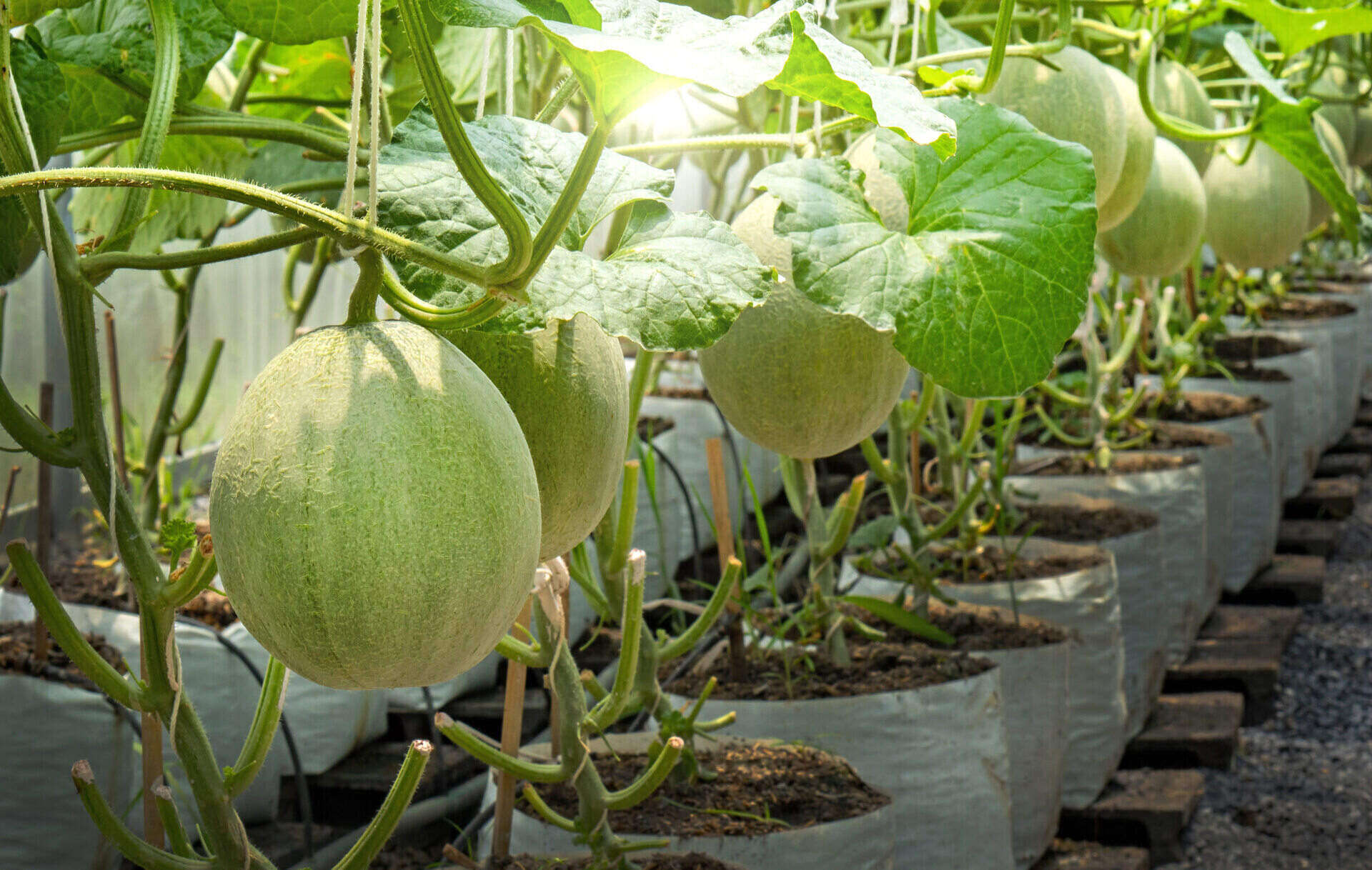
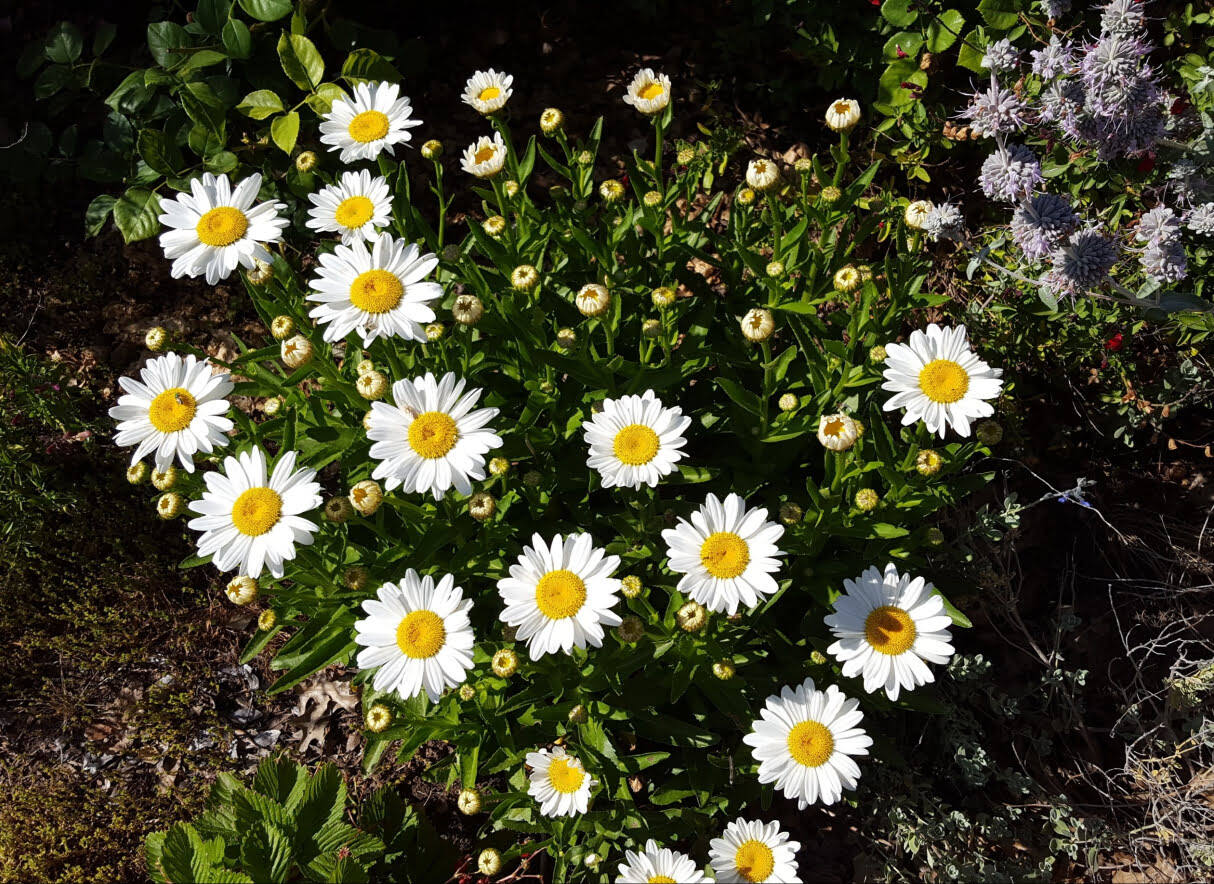
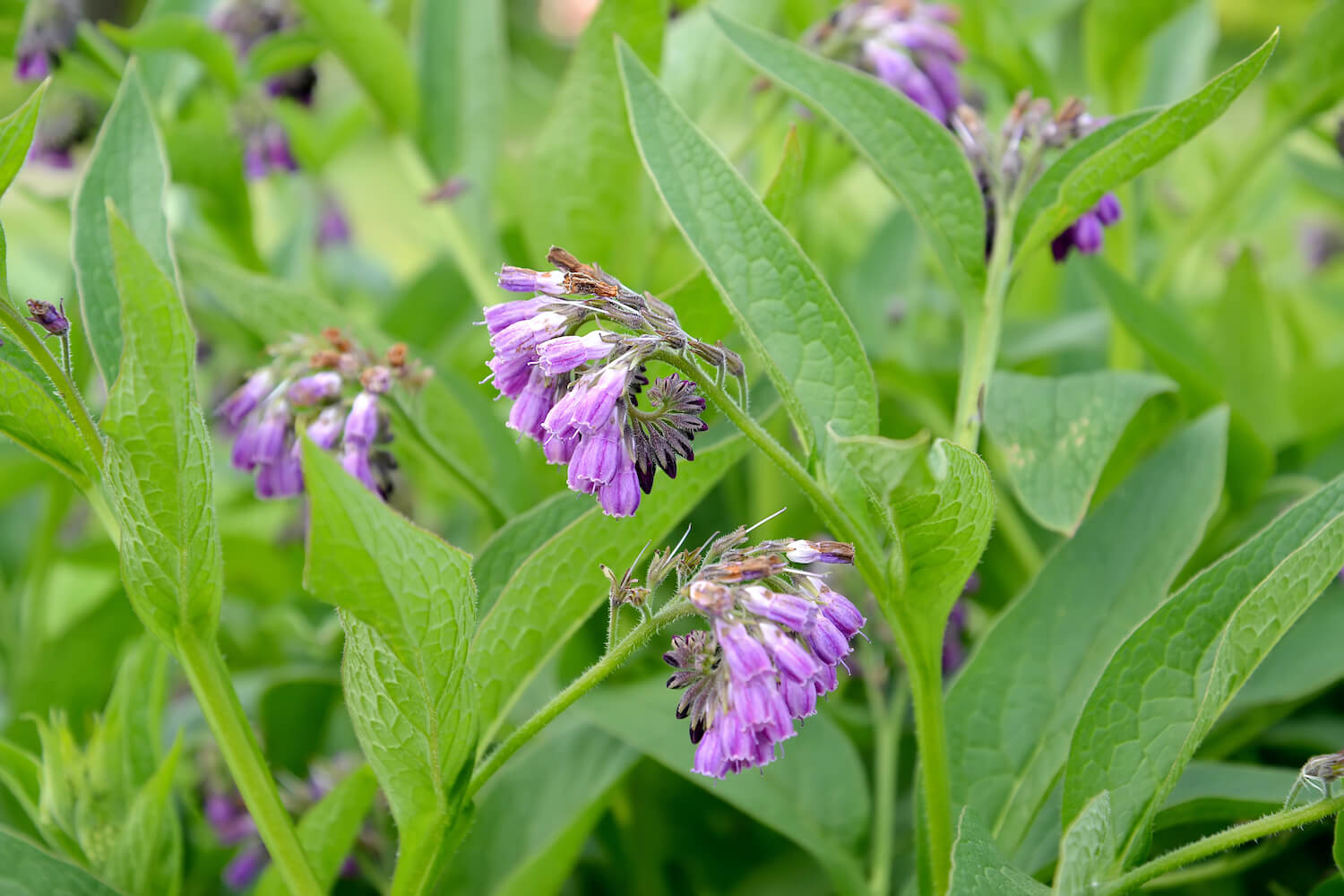
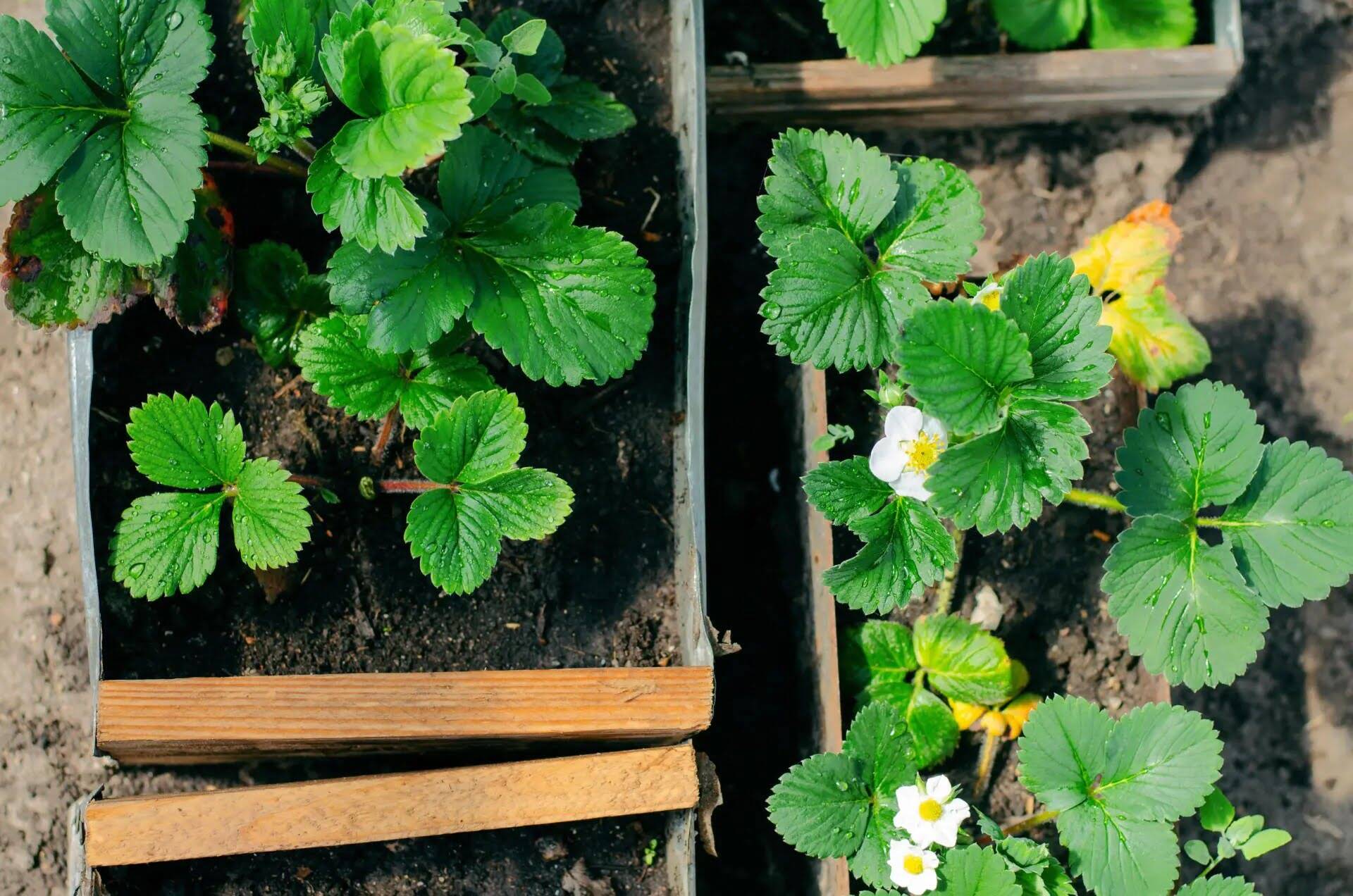
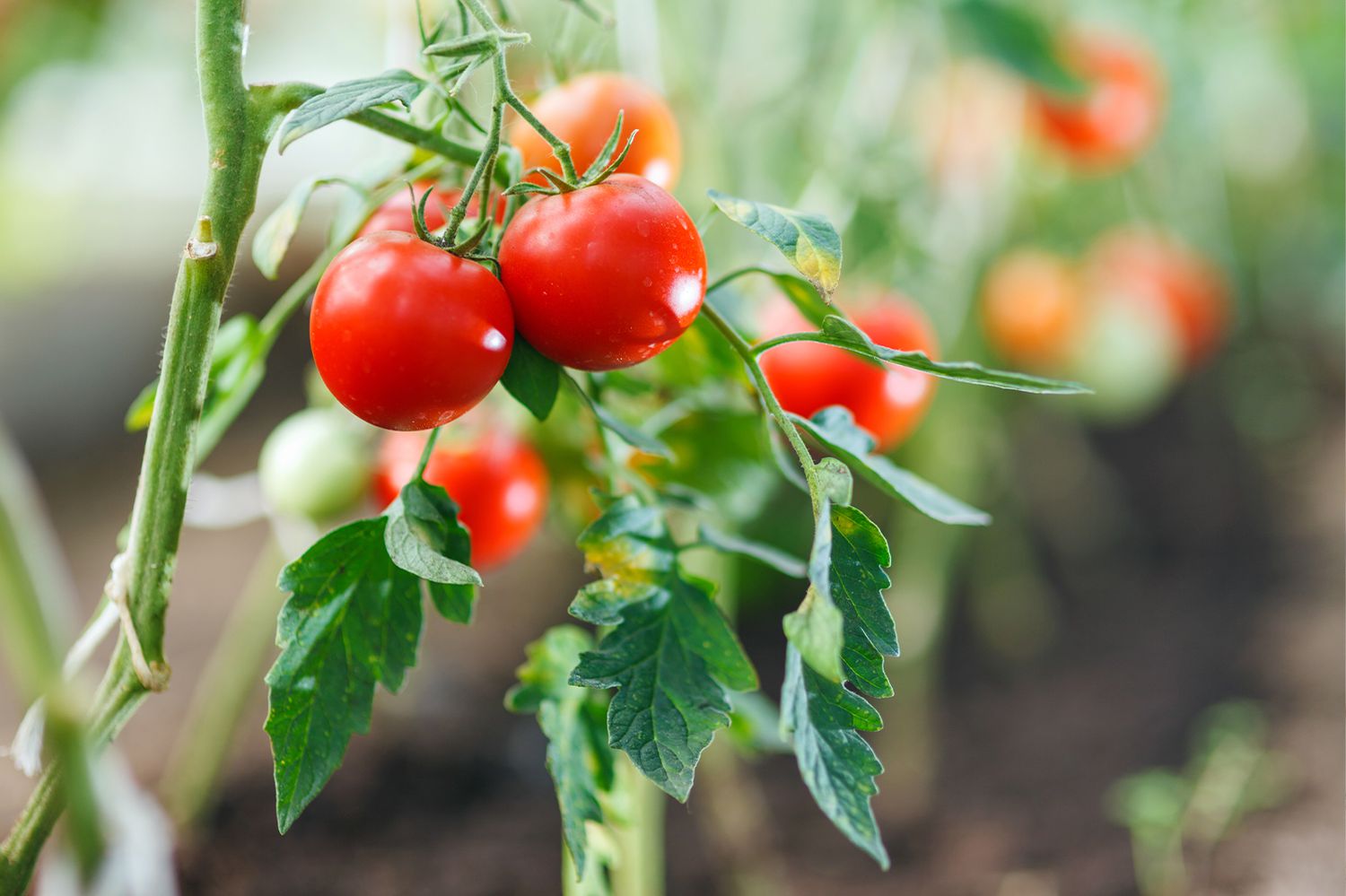
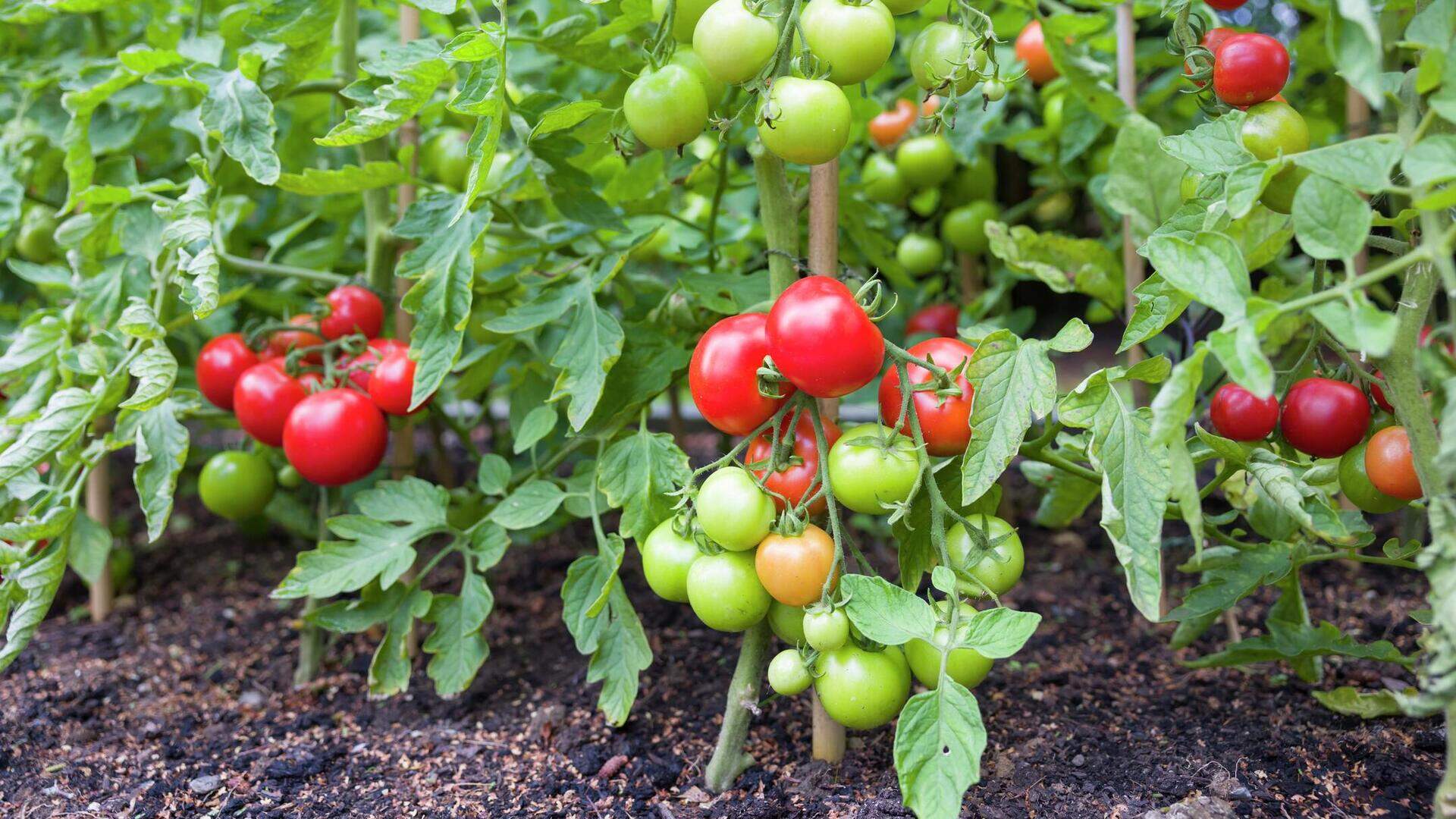
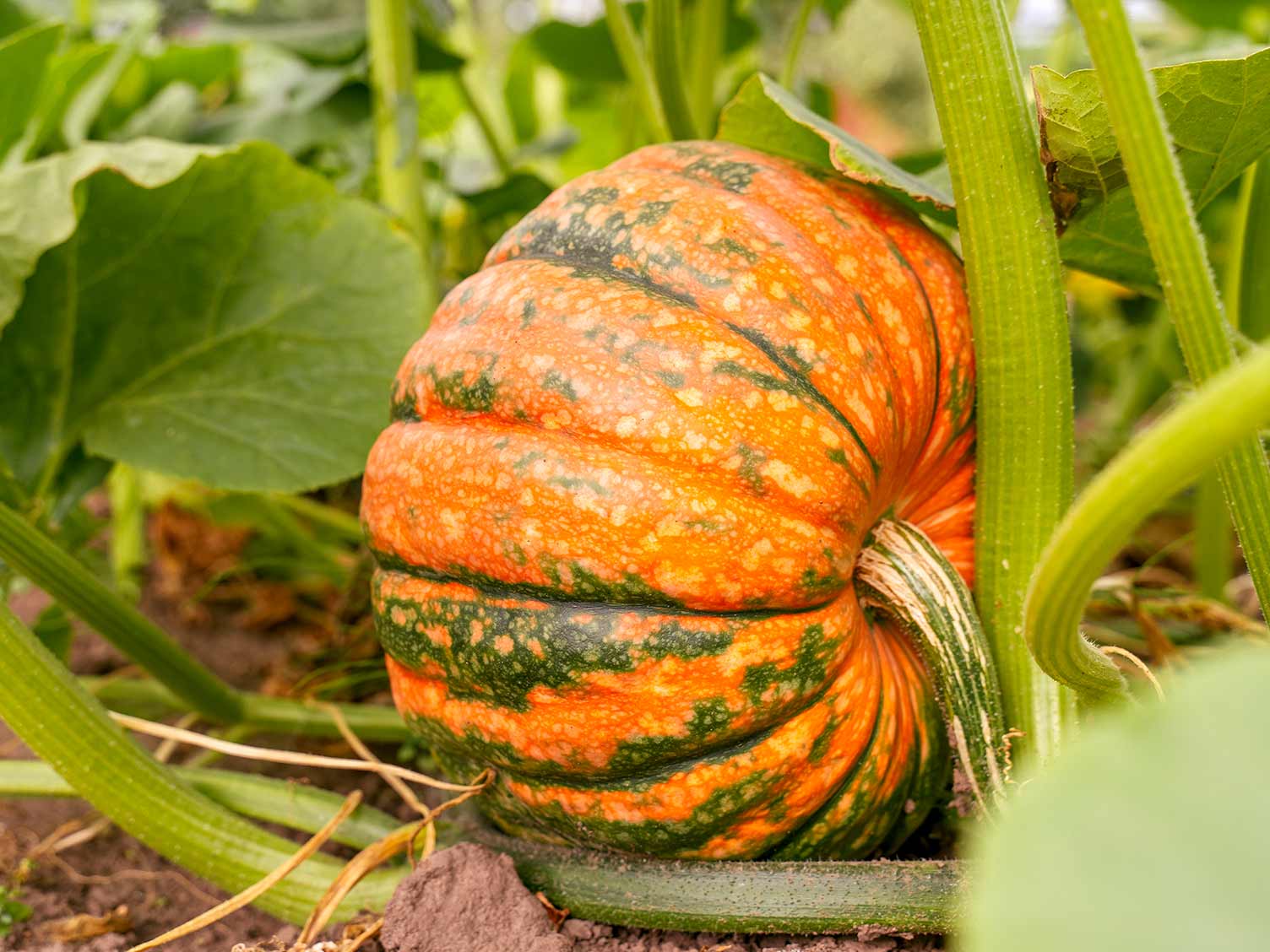
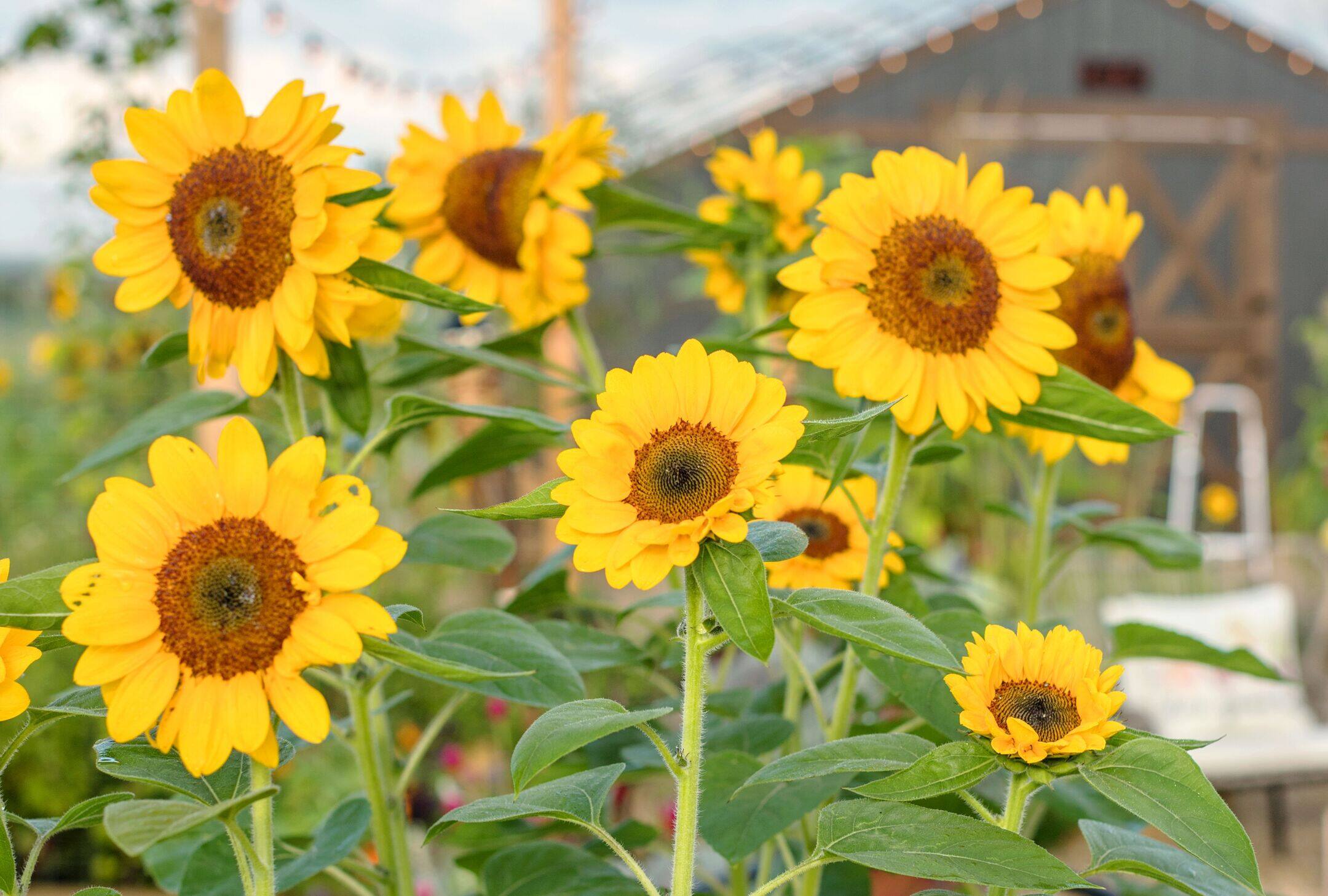
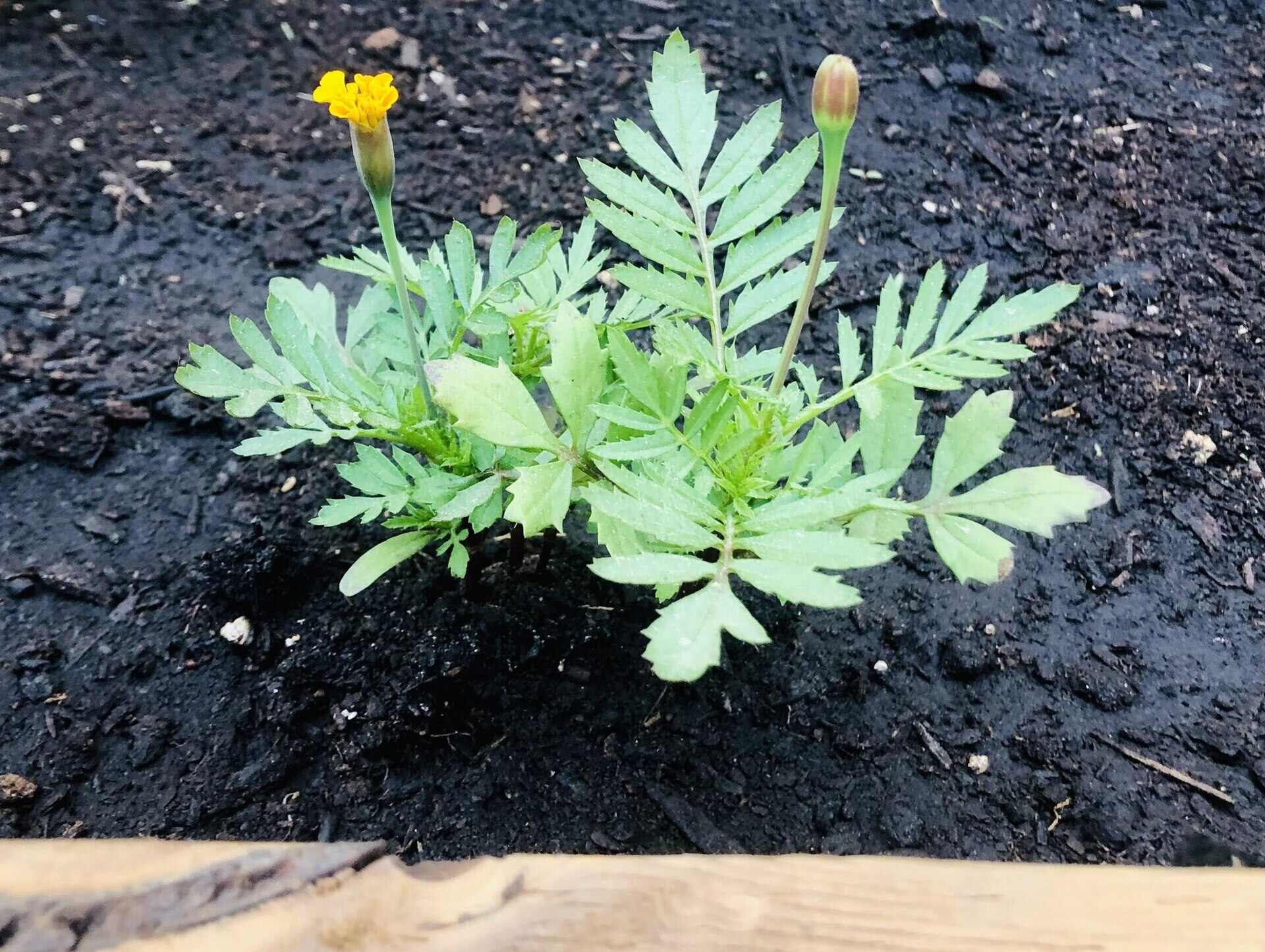
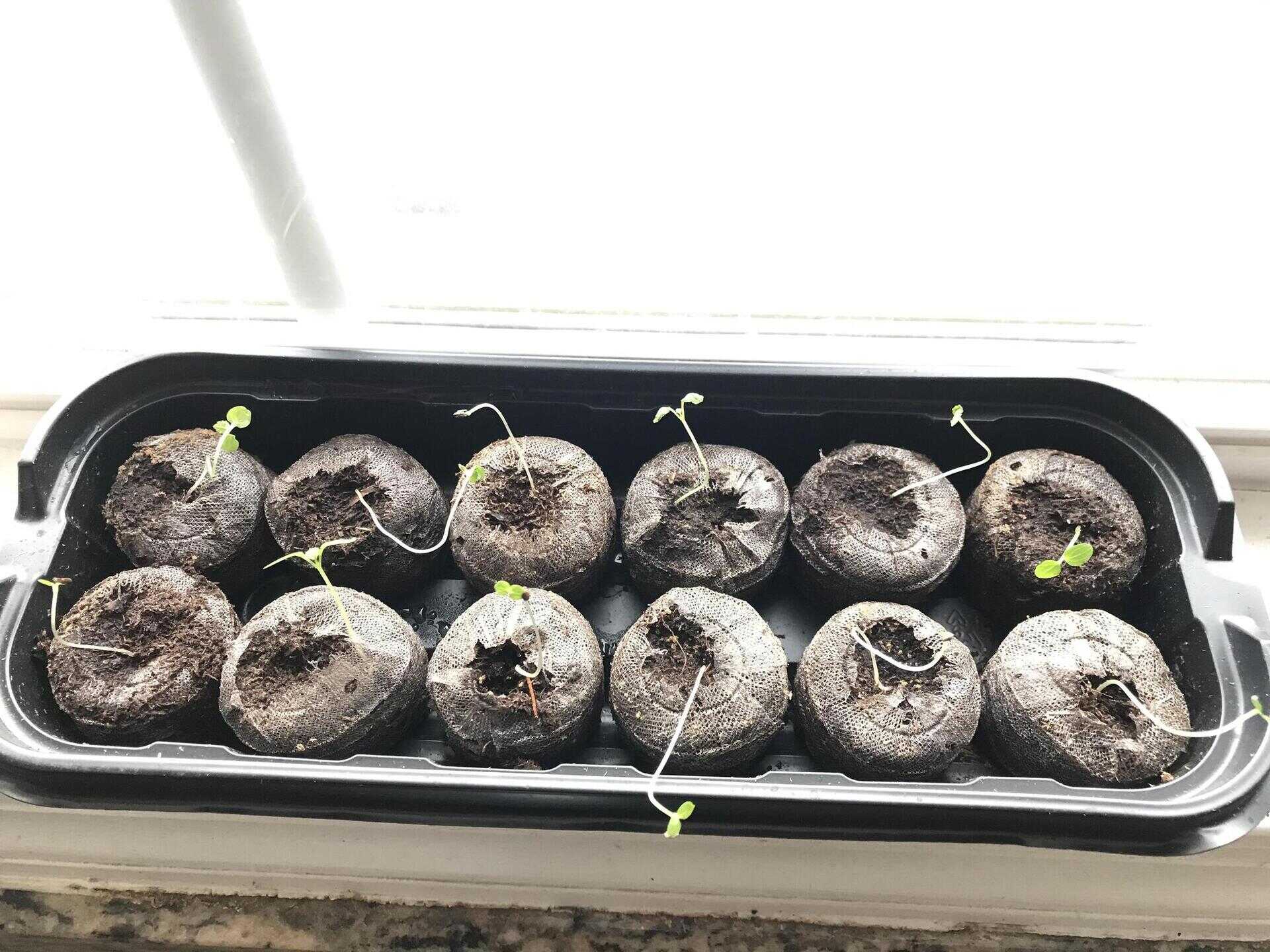
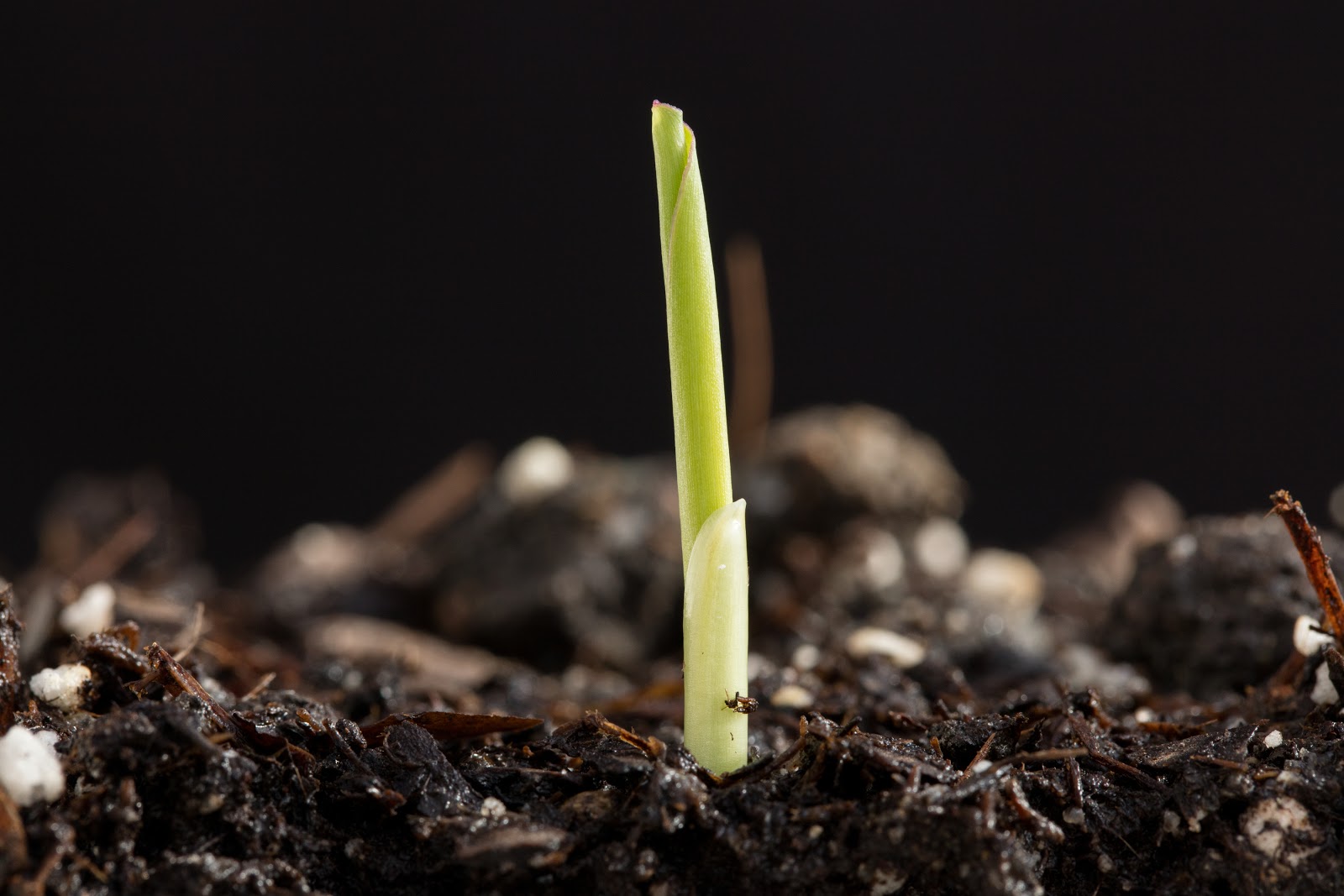
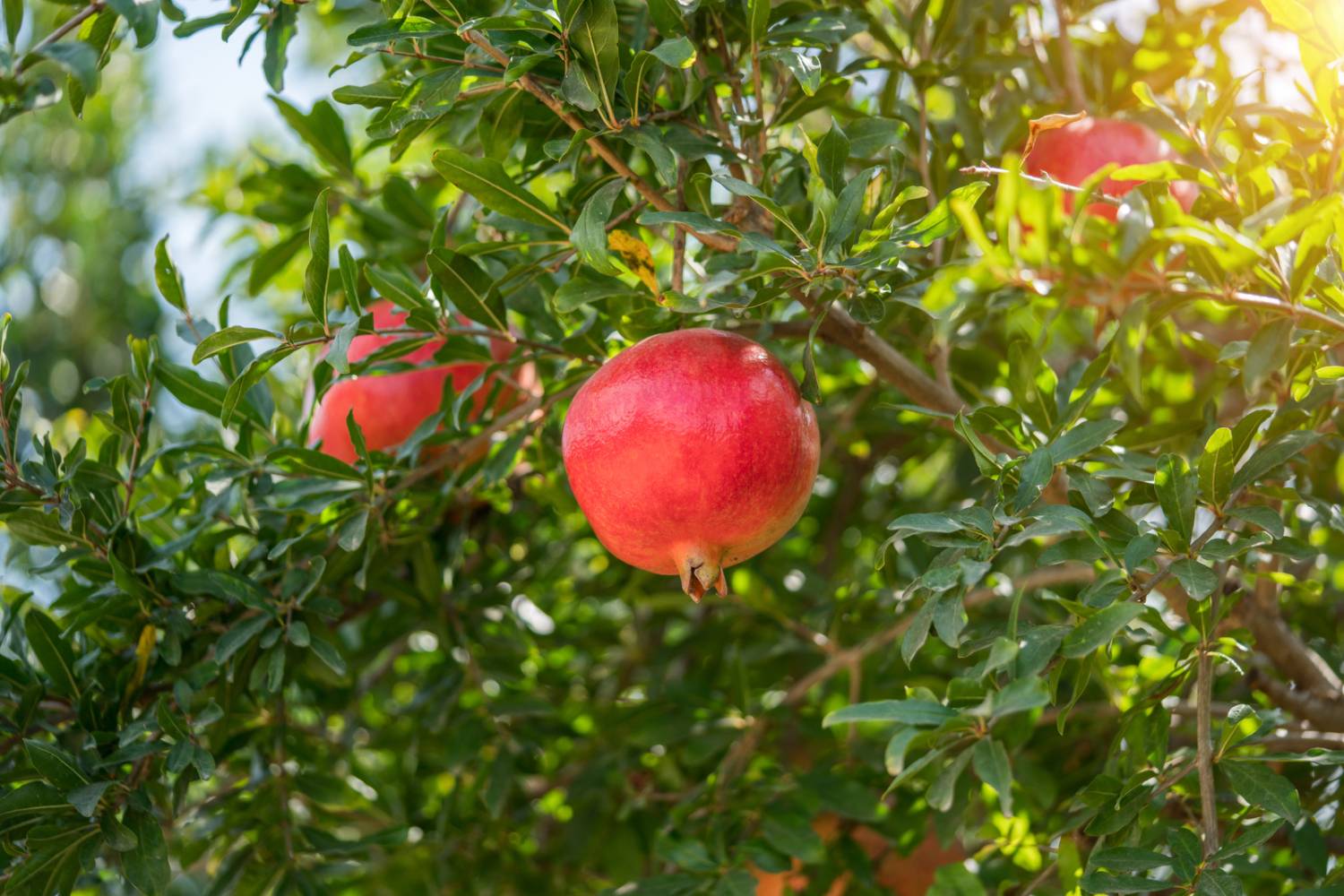
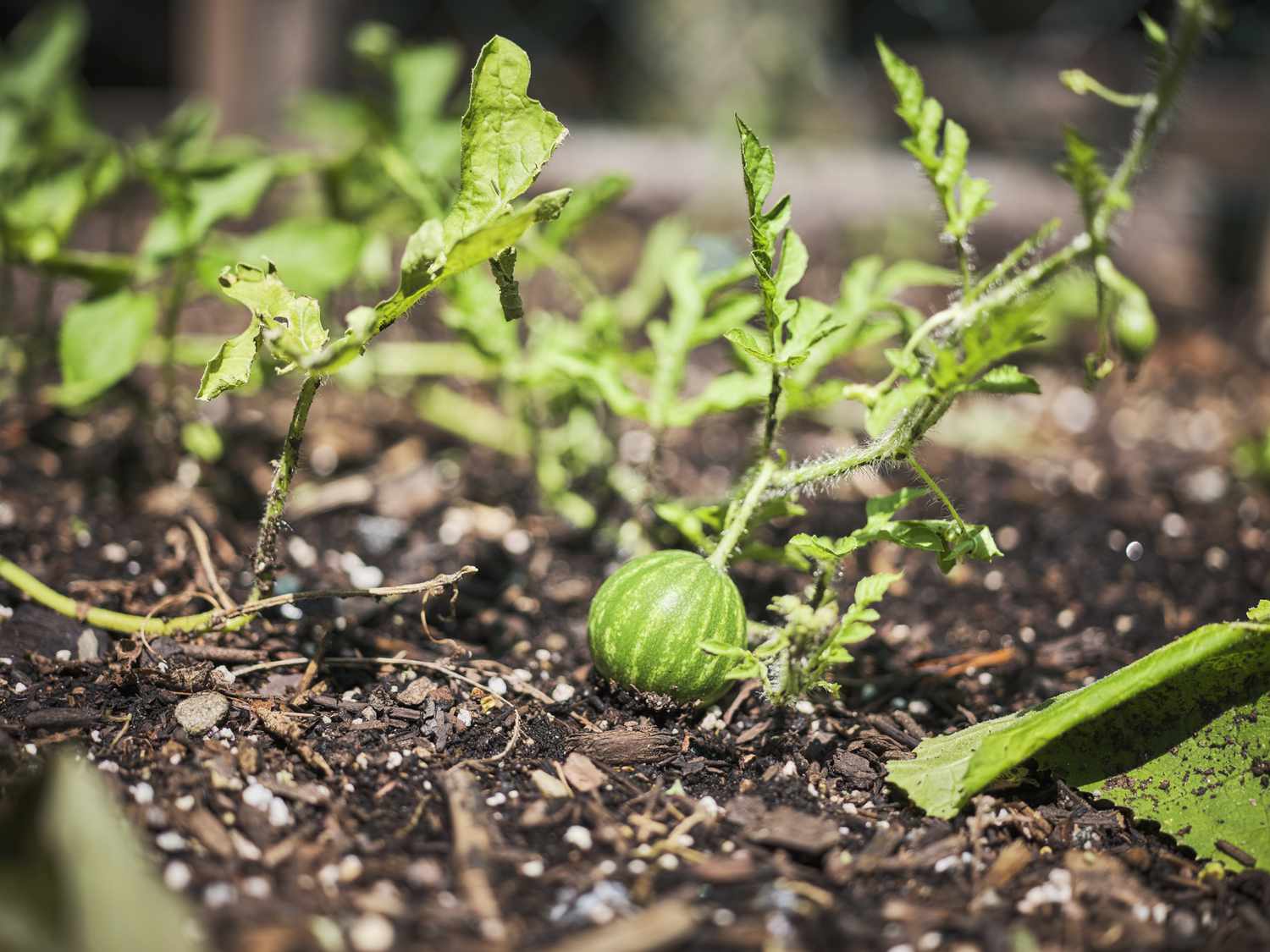
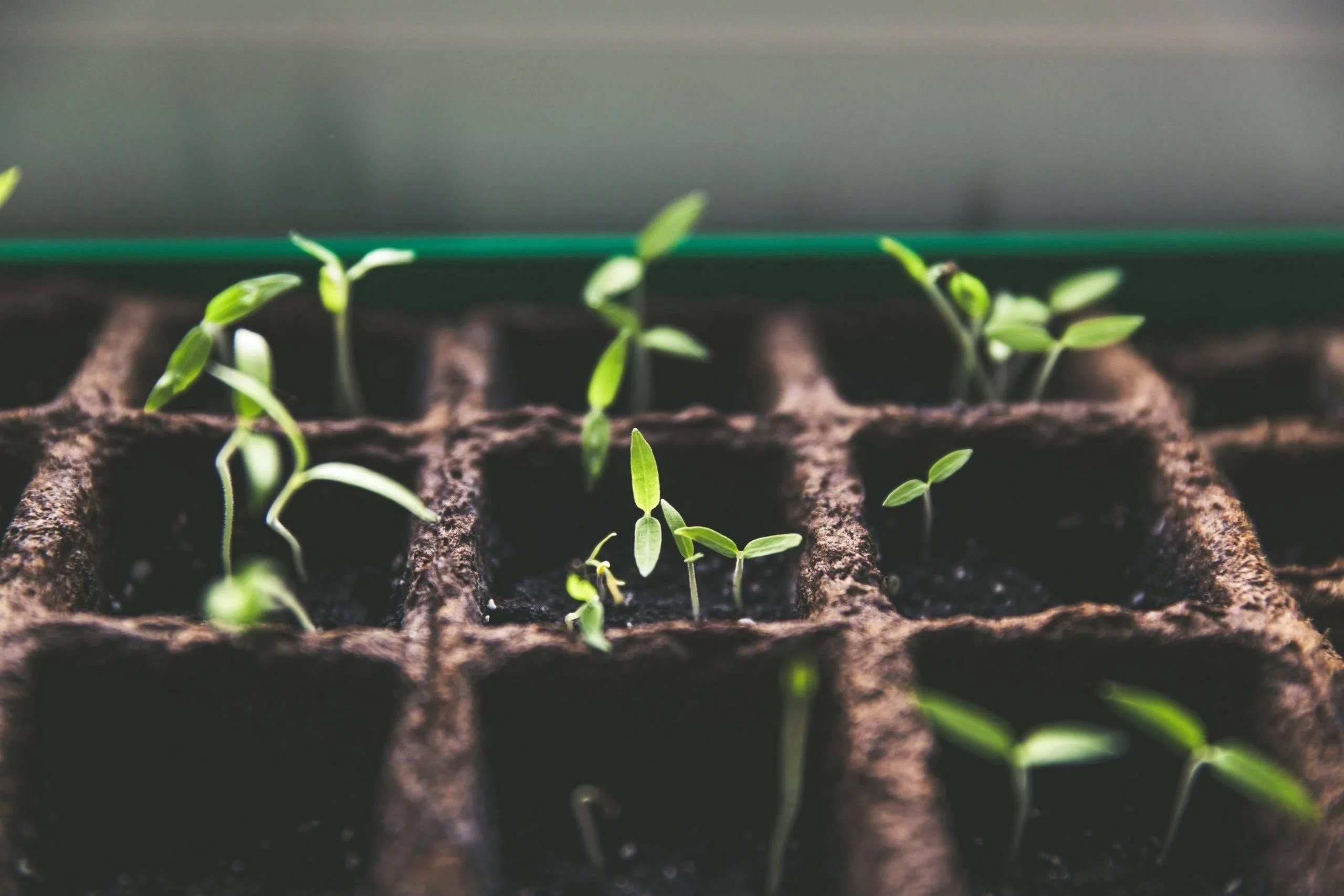

0 thoughts on “How Long Does It Take To Grow Bamboo From Seed”